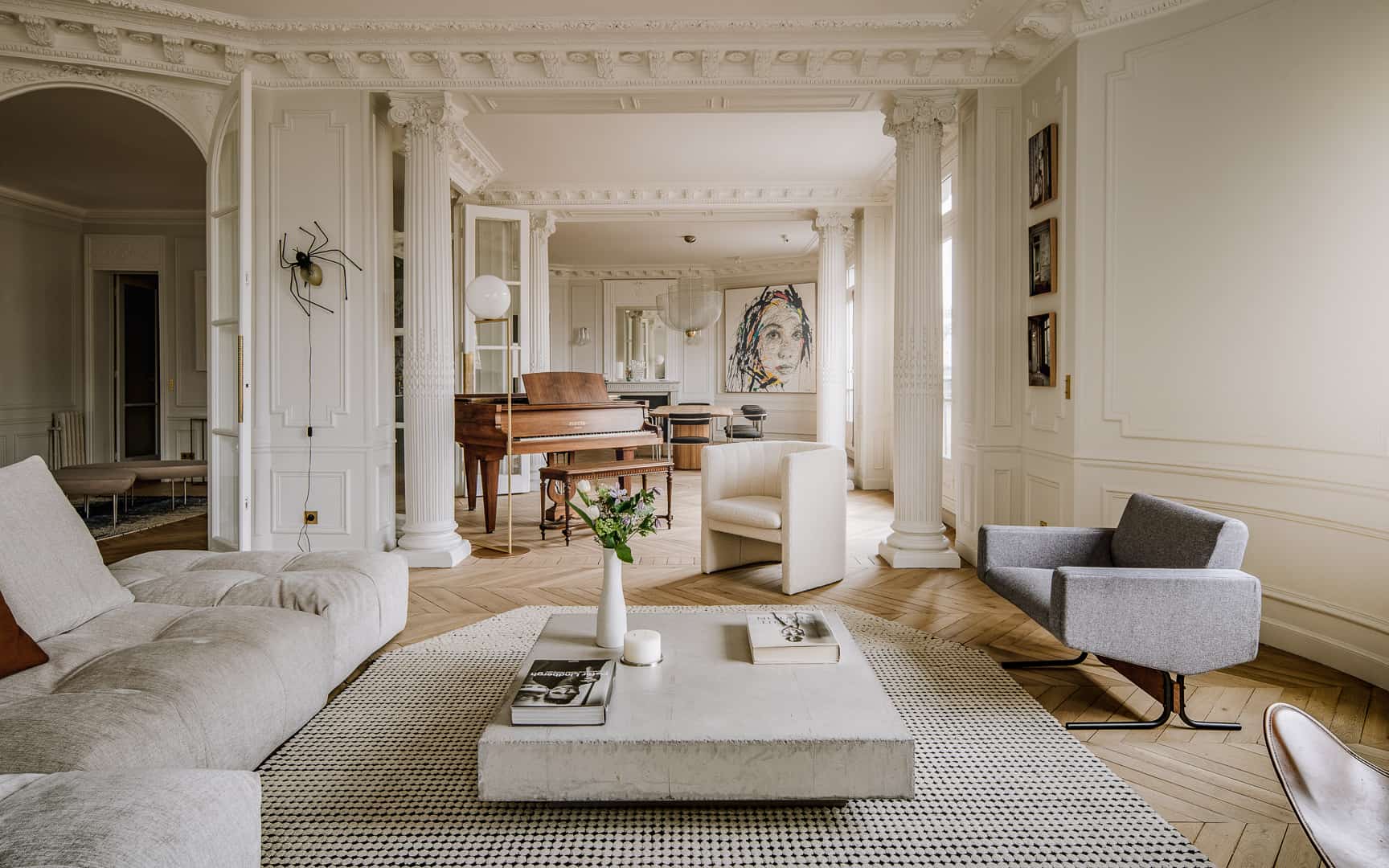
IGOR HABAL
Although April displayed its usual variety, the average temperature in Estonia was above normal, with a new monthly record set at 27.8°C. The blooming spring and falling EURIBOR rates led to increased real estate viewings, reflected in the rise in transaction volume.

Preliminary data indicates that 1734 apartment transactions were completed in Estonia in April, marking the best result of the year and slightly surpassing the high activity of April last year. For the fourth consecutive month, the median transaction price showed strong performance, exceeding last year’s figure by 5.3%. The increase in the median price is largely attributed to the growing share of new developments – no significant price growth has been observed in other segments of the market.
The turnover in the apartment market increased by 3.4% compared to the previous year, while the turnover in the single-family home market rose by 13.4%. Due to a low comparison base, the number of transactions in the apartment market has increased by 8.2%, with the median price up by 7.0%, and transaction turnover growing by 16.2% in the first four months of this year. Despite the impact of tax increases and the buoyant market in the second half of last year, we are still witnessing a more active market this year compared to last.
Estonian Apartment Market
Tallinn continues to demonstrate stability, which, though seemingly mundane, allows market participants to better predict property prices and sales periods. A closer look reveals that earlier completed units in the new development sector are becoming scarce, which has led to an increase in sales prices. Over the last two months, the median sales price for new developments has risen by 4% compared to the same period last year, with the number of transactions remaining slightly above 100. The secondary market remains active as well – the median price in April decreased by 2.3% year-on-year (to 2858 €/m²), while the number of transactions increased by 7.2%. Preliminary data shows that 742 transactions were concluded in April, marking the best result of the year so far.
In Tartu, preliminary data shows a decrease of over 14% in transaction volume compared to last year. However, this must be considered in light of the transaction structure and the addition of new transactions, which are always significant for Tartu. The reduced share of new development transactions has resulted in a 17% drop in the median price, with a total of 137 transactions completed in April and a median price of 2292 €/m². Despite this, market activity is higher than last year, as evidenced by the sales in the new development sector and a 5.6% increase in transaction volume.
In Pärnu, 55 transactions were concluded in April, balancing out the active March results. Compared to the same period last year, the number of transactions grew by just 5, while the median price remained almost unchanged at 2060 €/m². Unlike Tallinn and Tartu, Pärnu’s market is showing a more gradual upward trend, with the growing number of listings and asking prices indicating continued market optimism.
Narva’s market has remained sluggish due to the significant increase in ancillary costs. In April, 54 transactions were completed, a 34% decrease compared to the same period last year, marking the second-to-third worst result in the last 12 months. The median price has shown a strong decline for the past five months – the median price for transactions in April was 430 €/m², nearly 17% lower than last year. In response to the changing market conditions, the number of listings and asking prices have risen, but asking prices, which are two-thirds higher than transaction prices, are also on a downward trend.

IGOR HABAL